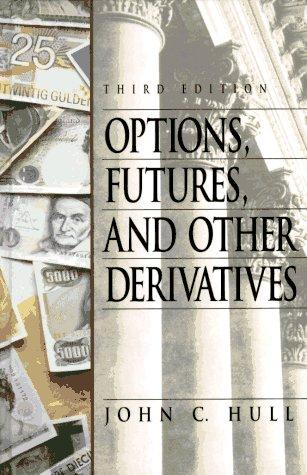1. (10 points) Draw the relationships between the rent, price, construction, and stock in Figure 1 according to the Four Quadrant Model. 2. (40 points) Explain the relationship between the variables in each of the four quadrants: (i) What does the relationship in the quadrant stand for? (ii) How do variables depend on each other according to this relationship? (a) (10 points) Quadrant I (b) (10 points) Quadrant II (c) (10 points) Quadrant III (d) (10 points) Quadrant IV 3. Suppose the stock of space is S=20,000 square feet. Suppose that the depreciation rate is 20%. How much should construction be for the stock of space to stay in the long-run steady-state? Now consider an decrease in the depreciation rate to 7.5%. How much should construction be for the stock of space to stay in the long-run steady-state? 4. (5 points) Will this decrease in the depreciation rate affect any of the relationships depicted in the quadrants? 5. ( 35 points) How does the equilibrium change due to this decrease in the depreciation rate? (a) (5 points) Show the old equilibrium before the decrease in the depreciation rate. (b) (10 points) Show the new equilibrium after the decrease in the depreciation rate. Clearly mark the new levels of rents, prices, construction, and steady-state stock even if the old and new levels coincide. (c) (20 points) Briefly explain the intuition behind any of the changes of the equilibrium rents (5 points), prices (5 points), levels of construction (5 points), and steady-state stock (5 points). If there are no changes, explain it intuitively as well. Figure 1: Four Quadrant Model 1. (10 points) Draw the relationships between the rent, price, construction, and stock in Figure 1 according to the Four Quadrant Model. 2. (40 points) Explain the relationship between the variables in each of the four quadrants: (i) What does the relationship in the quadrant stand for? (ii) How do variables depend on each other according to this relationship? (a) (10 points) Quadrant I (b) (10 points) Quadrant II (c) (10 points) Quadrant III (d) (10 points) Quadrant IV 3. Suppose the stock of space is S=20,000 square feet. Suppose that the depreciation rate is 20%. How much should construction be for the stock of space to stay in the long-run steady-state? Now consider an decrease in the depreciation rate to 7.5%. How much should construction be for the stock of space to stay in the long-run steady-state? 4. (5 points) Will this decrease in the depreciation rate affect any of the relationships depicted in the quadrants? 5. ( 35 points) How does the equilibrium change due to this decrease in the depreciation rate? (a) (5 points) Show the old equilibrium before the decrease in the depreciation rate. (b) (10 points) Show the new equilibrium after the decrease in the depreciation rate. Clearly mark the new levels of rents, prices, construction, and steady-state stock even if the old and new levels coincide. (c) (20 points) Briefly explain the intuition behind any of the changes of the equilibrium rents (5 points), prices (5 points), levels of construction (5 points), and steady-state stock (5 points). If there are no changes, explain it intuitively as well. Figure 1: Four Quadrant Model









